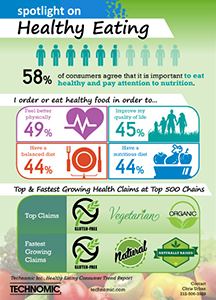Study Finds Lodging Demand More Stable in University Towns
Friday, 27 February 2015 03:00The new International Council on Hotel, Restaurant, and Institutional Education Penn State Research Report, entitled “University Lodging Demand: An Analysis of its Stability and Guidance for Estimating its Growth Potential at the Market Level,” reveals the demand for college and university lodging is more stable than the typical lodging demand, and that markets dominated by a college are more stable in terms of not only occupancy rates, but also average room rates.
“At many recent hotel-investment conferences and in recent issues of hotel-trade magazines, hotel developers have proposed that a hot prospective location for hotel development is near colleges and universities,” said School of Hospitality Management director John O’Neill, who conducted the study. “The primary reason often cited for this optimism is the relative stability of lodging demand generated by colleges. However, until now, this proposition has never been empirically tested, and no empirical research has shown hotel developers what variables about colleges they should study to determine the feasibility of hotel development in any given college marketplace.”

 Consumers increasingly want to know what’s in their food, says Technomic. Can restaurants produce dishes that are both wholesome and delicious? A majority of diners apparently thinks so.
Consumers increasingly want to know what’s in their food, says Technomic. Can restaurants produce dishes that are both wholesome and delicious? A majority of diners apparently thinks so. From molecular gastronomy to the growing demand for smaller-footprint, multipurpose devices, today’s foodservice students must be exposed to and proficient at utilizing modern cooking equipment while developing critical thinking skills to anticipate the advanced technologies of tomorrow.
From molecular gastronomy to the growing demand for smaller-footprint, multipurpose devices, today’s foodservice students must be exposed to and proficient at utilizing modern cooking equipment while developing critical thinking skills to anticipate the advanced technologies of tomorrow. Cricket flour, cannabis, snack bars and sustainable packaging make the list.
Cricket flour, cannabis, snack bars and sustainable packaging make the list.